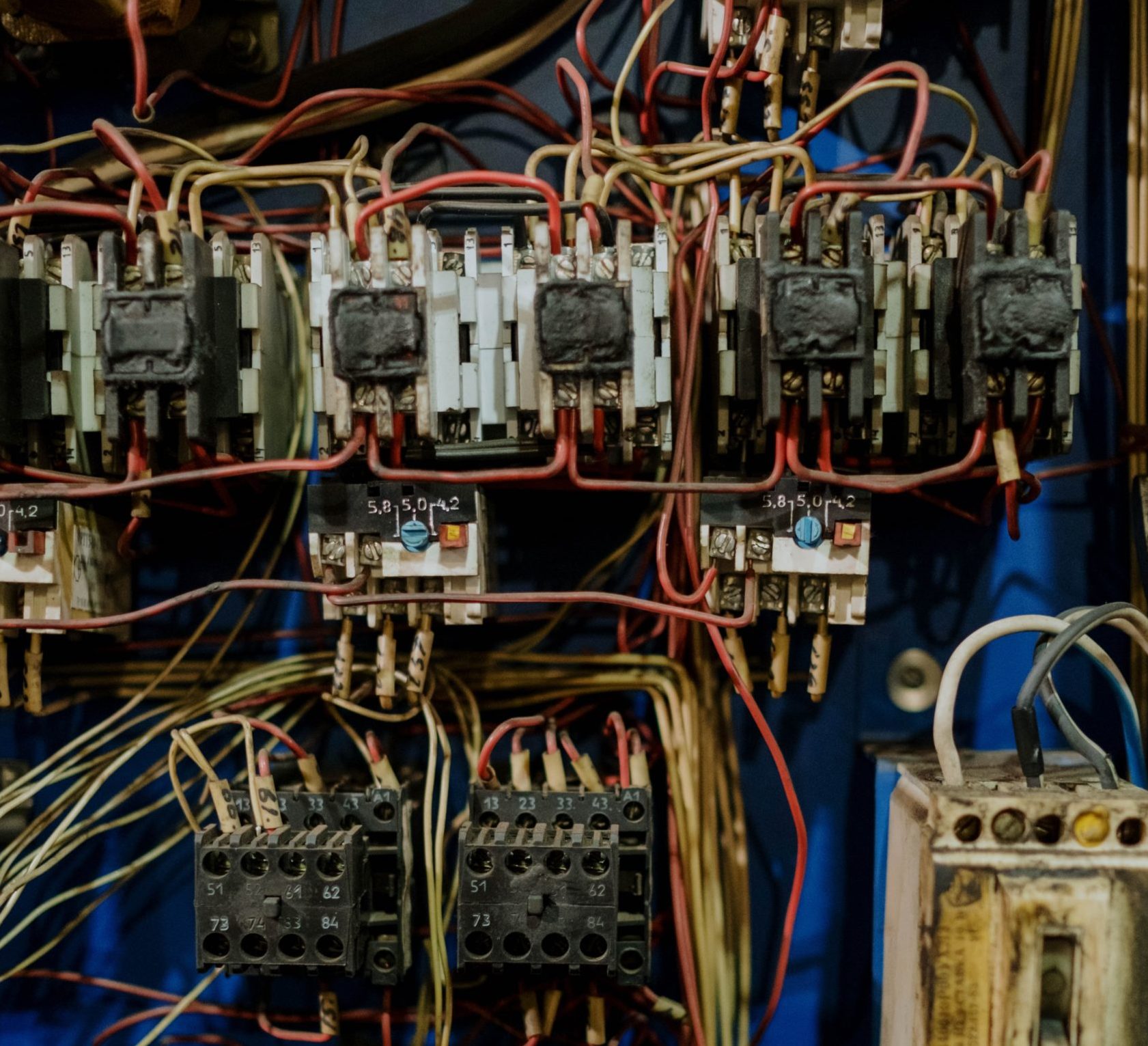
Untangling energy efficiency terminology
A break down of the key metrics you need to know
When it comes to getting quotes from suppliers for electrical devices designed to cut down on your energy consumption, some of the terminology can be a bit confusing. Here we break down the key metrics you need to know.
These metrics will not only help you distinguish between quotes from different suppliers but also compare various technologies, like solar PV systems with and without batteries, as well as different battery options.
By understanding and using these metrics, you’ll be equipped with the knowledge to paint a clearer picture of the potential energy savings each quote offers. And that will enable you to make informed decisions about the financial and environmental impacts of the energy solutions available to you.
Terminologies
kWh/kWp [kilo Watt hour/kilo Watt peak]
This is often referred to as ‘yield.’ It tells you how efficiently your energy system will perform by comparing the amount of power it will produce to its generating capacity. Essentially, it gives you an idea of how productive your system will be.
£/kWp
This metric is all about getting the most bang for your buck. It allows you to compare the cost of systems of different sizes and helps you understand how much generating capacity you’re getting for the money you invest.
kWh used on-site
This figure is crucial as it reveals how much of the energy generated will be utilised within your building, versus what gets exported back to the grid. Sharing your electricity consumption data with your installer will help you get a precise estimate.
kWh saved by battery per year
If you’re looking at adding a battery to your system, this metric is your guide. It indicates the amount of energy you can save by incorporating a battery. When compared to the kWh used on-site, it offers insight into the extra savings a battery can provide, helping you decide if it’s a worthwhile investment.
£/kWh saved
Money talks, right? This metric assigns a monetary value, based on your current kWh unit cost from your bills, to both the kWh used on-site and the kWh saved by the battery annually. It allows you to project the expected financial benefits of different combinations of system sizes and technology types, helping you make financially savvy choices.
Other considerations
When it comes to choosing the right installation quote for your energy-efficient solution, there are a few more crucial factors to keep in mind. Let’s take a closer look:
Ease of operations, warranty, and maintenance: These three factors can significantly impact the long-term success of your system:
- Ease of operations: Consider how user-friendly and manageable the installation is. Systems that are easy to operate and maintain will ensure that your energy setup runs at peak efficiency for years to come.
- Warranty: Pay attention to the warranties offered by component manufacturers, such as PV panels, inverters, and batteries if they are part of your setup. A solid warranty provides peace of mind and safeguards your investment.
Monitoring equipment
Understanding what monitoring equipment is provided and how accessible it will be for you is key. Having access to monitoring data is a valuable asset. It allows you to track your system’s performance and swiftly identify any potential issues or irregularities, ensuring optimal efficiency.
By considering these additional factors alongside the metrics discussed earlier, you’ll be equipped to make a well-informed decision that not only saves you money, and reduces your carbon footprint but also ensures your energy system operates seamlessly for years to come.
